A Comprehensive Guide for Terminal Crimping
-
 @
Mark Ji
@
Mark Ji
- Last updated
Table of Contents
Crimping is a mechanical joining process that uses a crimping tool to attach a terminal or contact to an electrical wire. Terminal crimping is widely used in automotive wiring, electronics, and telecommunications due to its reliability, speed of assembly and cost-effectiveness.
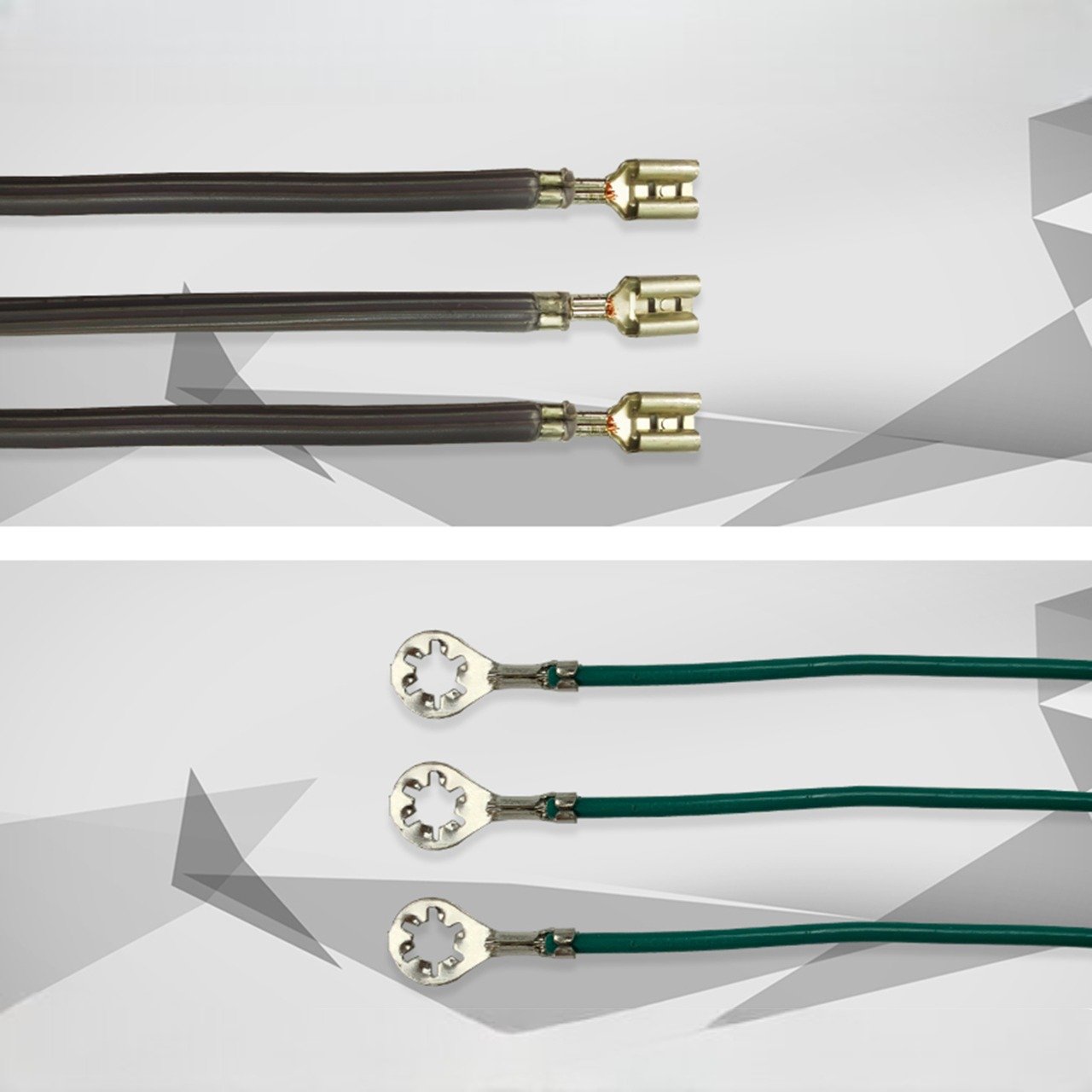
What is Terminal Crimping?
Terminal crimping involves placing an electrical terminal over the stripped end of a wire and using a crimping tool to deform the metal of the terminal around the wire strands. This creates a mechanical and electrical connection between the wire and terminal.
Crimp terminals come in many shapes and sizes for different wire gauges and applications. They are typically made of copper, brass or tin-plated copper. The crimping tool uses dies that match the shape of the terminal to crimp it securely onto the wire.
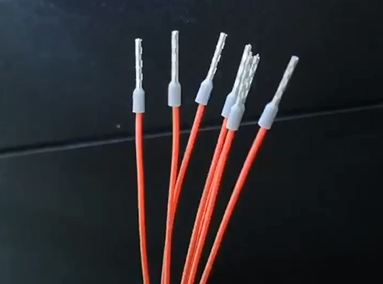
Types of Crimp Terminals
A. Ring terminals – Used for connecting wires to threaded fasteners or studs. They have a ring-shaped opening.
B. Butt splices – Join two wires of the same gauge together. They have two wire-receiving channels.
C. Fork terminals – Attach to the end of a wire. They have two prongs that wrap around and grip the wire.
D. Pin terminals – Used for insulation displacement connections. They have a pointed tip that pierces the wire insulation.
E. Bullet terminals – Resemble a bullet and are used in high-density connections.
F. Spade terminals – Have a flat blade that inserts into a receptacle. Used in electronics and appliances.

Choosing the Right Crimp Terminal
A. Select the correct terminal – It should match your wire gauge, type, and application.
B. Strip the wire – Remove enough insulation (usually 1/2 to 3/4 inch) to expose the conductor.
C. Insert the wire – Fully insert the stripped wire into the terminal’s wire barrel or channel.
D. Choose the correct crimping die – It must match the terminal’s shape and size.
E. Crimp the terminal – Use smooth, even pressure to deform the metal around the wire.
F. Inspect the crimp – Check for a complete crimp, proper shape and no wire strands exposed.
G. Apply heat shrink tubing (optional) – For insulation, strain relief and a professional look.
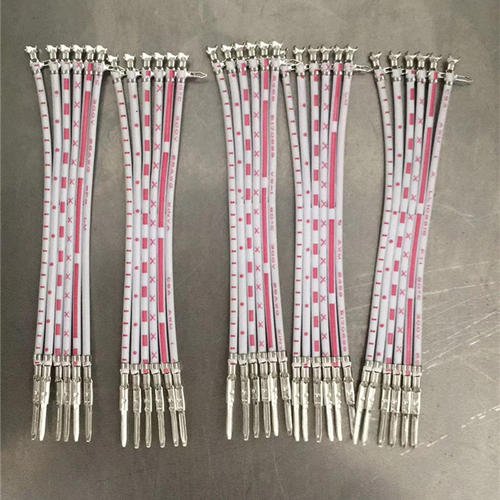
Factors that Affect Crimp Quality
A. Crimping Tool – The most important factor is using a high-quality crimping tool with the correct die size for the terminal. Cheap or improperly sized tools can result in poor crimps.
B. Wire Preparation – Stripping the wire to the proper length and fully inserting it into the terminal helps ensure a good crimp.
C. Crimp Position – The crimp should be centered on the … wire barrel for even deformation and the best connection.
D. Crimp Force – Applying the proper amount of force when crimping is crucial. Too little or too much force can both cause problems.
E. Number of Crimps – Multiple crimps provide a more secure connection, up to a point. More is not always better, though.
F. Terminal Material – Harder materials like copper require more force to crimp properly.
G. Wire Material and Gauge – Heavier or harder wires need a higher crimping force.
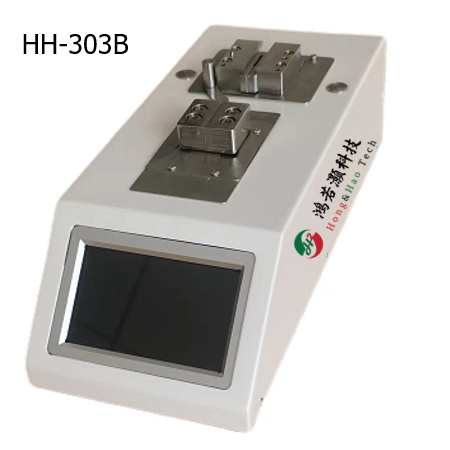
HH-303A https://youtube.com/shorts/vz258nKdoSQ
HH-303B https://youtube.com/shorts/Le5dUelhA8M
Common Crimping Tools
A. Manual crimping tools – Lever- or ratchet-operated pliers with interchangeable dies. Best for occasional use.
B. Hydraulic crimping tools – Provide high consistent force. Used for mass terminating and in manufacturing.
C. Pneumatic crimping tools – Air-powered tools for mass terminating. Provide highest crimping forces.
D. Crimping presses – Large mechanical presses for high-volume crimping. Used in manufacturing.
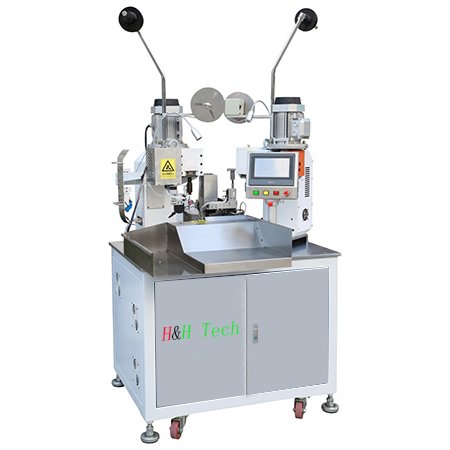
Inspecting Crimped Connections
A. Visual inspection – Check for a properly formed crimp around all sides of the wire, no exposed strands, and no damage to the insulation.
B. Pull test – Gently pull on the wire to ensure the crimp does not come apart.
C. Resistance test – Use a multimeter to check for low and consistent resistance across the crimped connection.
D. Vibration test – Some vibration can reveal defects in crimps that may fail over time.

Troubleshooting Crimping Issues
A. Cold crimp – The crimp is not fully formed, indicating too little crimping force. Re-crimp with more force.
B. Mashed crimp – The wire is deformed or flattened, indicating too much crimping force. Use a softer jaw or less force.
C. Exposed strands – The wire is not fully inserted into the terminal or the crimp is too small. Adjust and re-crimp.
D. Split insulation – The wire was not properly stripped or the crimping tool damaged the insulation. Strip wire correctly and re-crimp.
E. High resistance – The crimp is not making good electrical contact. Inspect for defects and re-crimp as needed.
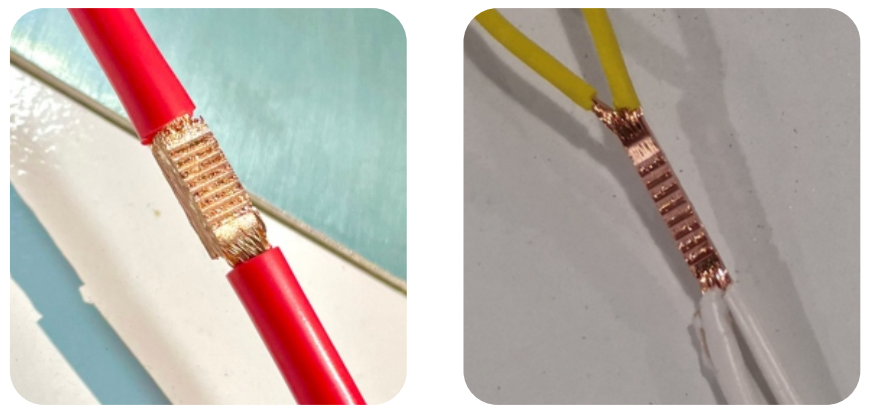
HH-X0 https://youtube.com/shorts/zAxLBp05e0g
HH-X0 https://youtube.com/shorts/4u2luPG0sxY
Conclusion
With proper tools, techniques and inspection, terminal crimping can provide reliable, high-quality connections for your electrical and electronics projects.

